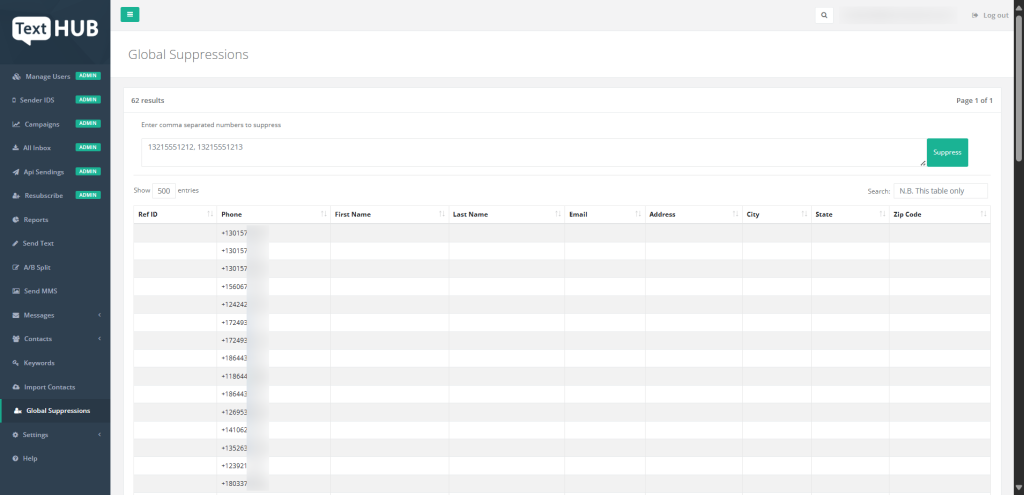Debugging Private and Global Suppression Issues: Lessons From the Trenches
You know this feeling if you’ve been in QA long enough: your test suite appears pristine, your reports are green, and you think for a moment that you’ve got it. And then, someone on the team will ask, “Hey, why didn’t this failure appear in the report?” That’s when your stomach will fall, because you know that at the bottom of your mind, there’s a suspect—and it’s suppression rules.
I’ve spent more late nights than I’d like to admit chasing down suppression-related issues. Sometimes they hid critical bugs that should’ve been caught. Other times they buried me in noise, forcing me to dig through endless false positives just to find a single meaningful failure. Over the years, I’ve learned that suppression isn’t just a technical mechanism—it’s a balancing act between sanity and chaos.
This blog is my attempt to share that journey. If you’ve ever been frustrated by disappearing test failures or by global suppressions that seem to play by their own rules, you’re in the right place. Let’s walk through the pitfalls, the fixes, and most importantly, the lessons learned.
Private vs. Global Suppression: The Headphones vs. the Office Policy
When I first heard about suppression, I liked to think of it as noise control.
- Private suppression is similar to using noise-canceling headphones. You shut out unnecessary distractions for one task (or test case).
- Global suppression is more like your corporation putting out a memo: “From now on, everyone ignores X.” That’s a company-wide policy, and it has much greater risks if abused.
Here’s how I prefer to think about it:
| Suppression Type | Scope | Use Case | Risk Level |
|---|---|---|---|
| Private | Single test/module | Filtering known edge-case noise | Low |
| Global | Entire test suite | Ignoring common, accepted warnings | High |
The risk? With private suppressions, you could miss some test interactions. With global suppressions, you could silence the fire alarm by mistake.

Where Suppression Usually Goes Wrong
I’ve watched suppression problems arise most frequently in these situations:
- Legacy systems overwhelmed with warnings
I used to work on an app that spewed so many deprecation warnings it resembled a Christmas tree. Without suppression, it was intolerable. But suppressing too much tended to mask real regressions. - Database timeouts
Anyone who has ever tested against flaky databases will recall the agony. Random connection hiccups would cause failures that were not actual bugs. Private suppression was my savior here, but I had to be gentle so I wouldn’t lose actual query issues. - Third-party integrations
APIs frequently emit “non-critical” warnings. We had a payment API at one point that continuously warned us about deprecated endpoints—but the payments processed just as well. The urge was to suppress them all globally, but that nearly covered up for a breaking change the next month. - Environment mismatches
In QA, we usually don’t have all production resources. Missing configs cause innocuous errors that fill up the logs. But I’ve also witnessed a “harmless” suppression mask a memory leak that only occurred in production. That was an education.
My Debugging Toolkit
1. Tracing Inheritance
Suppression rules tend to inherit from parent configs. I once went so far as to sketch out an entire diagram on a whiteboard, only to discover that a parent rule quietly overrode everything underneath it. That “aha” moment was both satisfying and infuriating.
2. Overrides That Don’t Override
Occasionally, config appears to be correct on paper but fails at runtime. I’ve had instances where a JSON parser missed a line due to an extraneous comma. Now, I always debug-check with statements that print what’s actually being parsed.
3. Monitoring Memory Leaks
This is sneaky. I’ve experienced rules that stacked up in memory due to objects not getting released. The consequence? Rules began to act erratically following a lengthy test run. Memory profiling helped me catch it before it went completely haywire.
Addressing Private Suppression Issues
My motto: break things down.
- Execute the failing test in isolation. If it runs successfully, then you know the issue is with test interactions.
- Reset suppression state between tests—leftover state has bitten me more than once.
- Double-check rule priorities. I’ve seen two rules with the same priority duke it out, leaving results inconsistent.
And if threads are involved? Add thread IDs to your logs. Without that, debugging concurrency issues feels like solving a murder mystery without knowing who was in the room.
Wrestling With Global Suppressions
Global suppression issues are a different beast.
- Audit first. I now maintain a spreadsheet of all global suppression rules—where they originated, what they suppress, and when they should be removed. That helped me when two teams added very similar rules that did not play nice.
- Be specific. Regex-based suppressions used to catch a lot more files than you wanted. A rule to suppress
/auth/also quieted/authentication/and/authorized/. Lesson: be specific. - Properly test cascading. World rules must cascade sensibly down to components and modules. I now specifically author conflicting rules just to see if the hierarchy is acting correctly.
- Cross-environment validate. Suppression that suppresses in dev might fail in staging. I once debugged for days only to find Linux path separators trashed a Windows-only suppression rule.
My Go-To Tools and Habits
- Built-in tracking frameworks (such as TestNG or Allure) provide me with insights into what is being suppressed and why.
- Logging at will allows me to classify suppression events (private, global, conflicts). I even log them in JSON so I can try to identify patterns.
- Test-automated suppression is a savior. I create tests which are very much intended to test if suppressions are doing their job—or failing when they shouldn’t.
Avoiding Suppression Nightmares
Here’s what I live by now:
- Document everything. Why the rule, who added it, when to drop it. Six months hence, you won’t know. Believe me.
- Review like code. Suppressions are peer reviewed in my teams. Broad or vague suppressions get questioned.
- Test the suppressions themselves. Yes, suppressions have test coverage of their own.
- Set alerts. If a suppression hasn’t fired in months, I need to know. It most likely means the rule has become stale—or worse, covering up for something.
Wrapping It Up
After fighting suppression gremlins for years, I’ve learned this: the toughest work isn’t crafting suppression rules—it’s keeping them in check. Private suppressions offer you precision; global suppressions require discipline.
The distinction between clarity and chaos frequently boils down to good habits: log everything, document well, review rigorously, and test both the app and the suppressions themselves.
If you’ve ever been burned by a suppression rule in the past (and I’ll bet you have), let you in on a secret: you’re not alone. All QA engineers ultimately wind up with a mysteriously “green” test suite that simply shouldn’t be green. The key is to create processes that trap these problems before they trap you.
